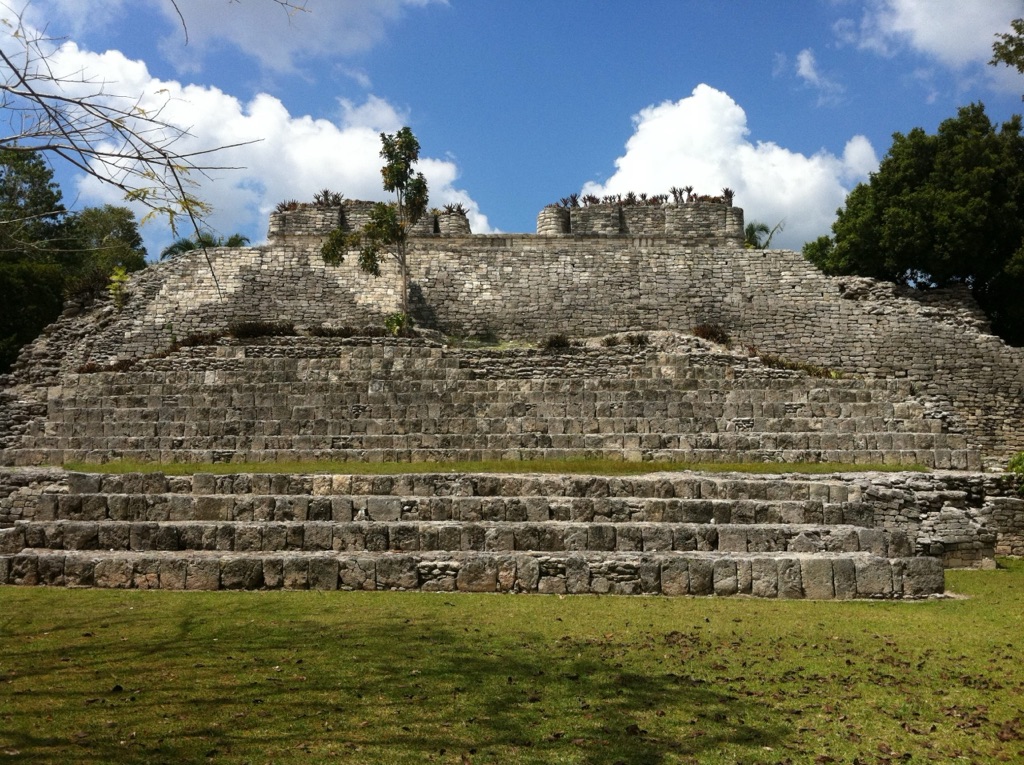Introduction to Kohunlich
Kohunlich, known in Modern Mayan as X-làabch’e’en, stands as a significant archaeological site of the pre-Columbian Maya civilization. Situated on the Yucatán Peninsula in the state of Quintana Roo, this site is approximately 25 km east of the Rio Bec region and about 65 km west of Chetumal on Highway 186, with a short 9 km journey south from the road to reach its entrance. Despite its rich history and significance, the original name of Kohunlich remains a mystery, and its current name is derived not from Mayan but from an English term, Cohune Ridge, highlighting the area’s dense cohune palm growth.
Get your dose of History via Email
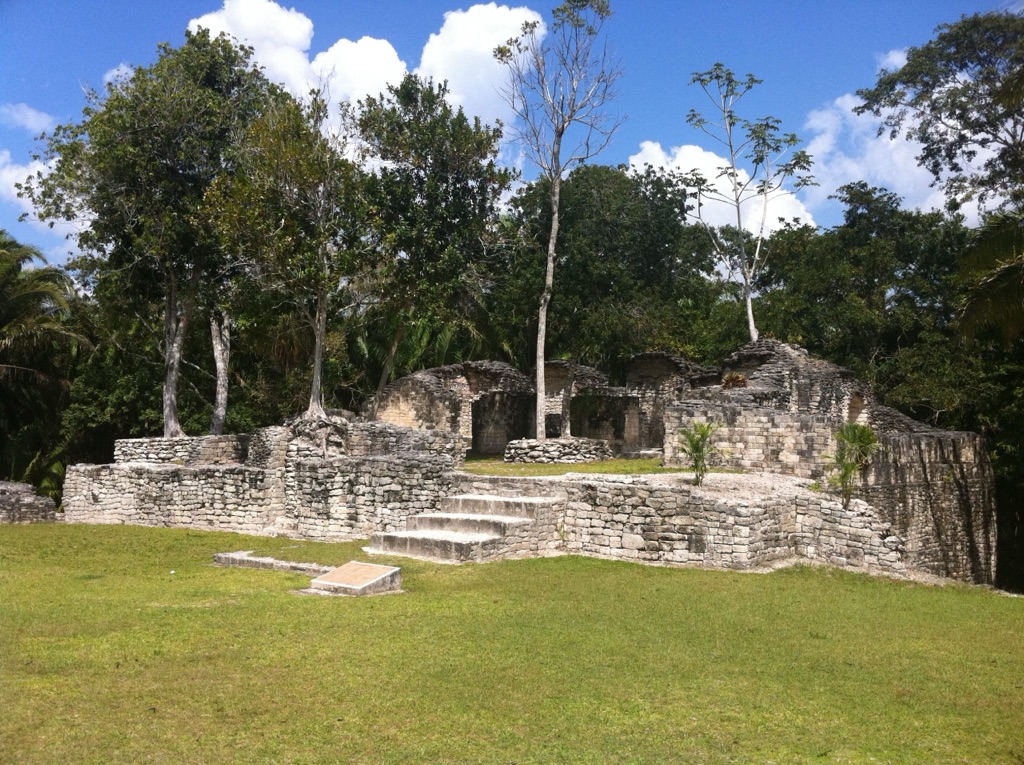
Historical Background and Architectural Significance
Kohunlich spans roughly 21 acres (85,000 m^2), enveloped by a dense sub-tropical rainforest. The site is home to nearly 200 mounds, most of which remain unexcavated, hidden beneath thick vegetation. The city’s layout showcases a sophisticated planning and engineering approach, featuring raised platforms, pyramids, citadels, courtyards, and plazas, all meticulously designed to facilitate drainage into a complex system of cisterns and a large reservoir for rainwater collection.
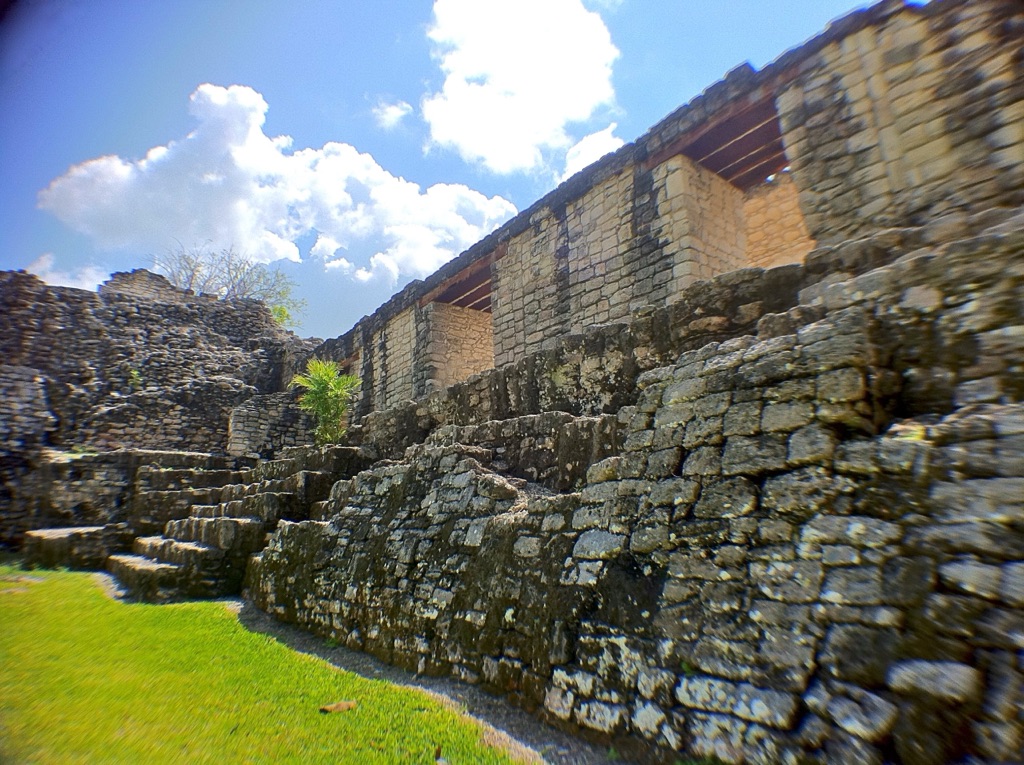
The initial settlement of Kohunlich dates back to around 200 BC, with the majority of its structures erected during the Early Classic period, approximately between 250 and 600 AD. The city likely served as a regional center and a crucial node along the trade routes traversing the southern Yucatán, connecting the west’s Campeche and Rio Bec areas with the east-coast cities and further south to the el Petén region of Guatemala and neighboring Belize.
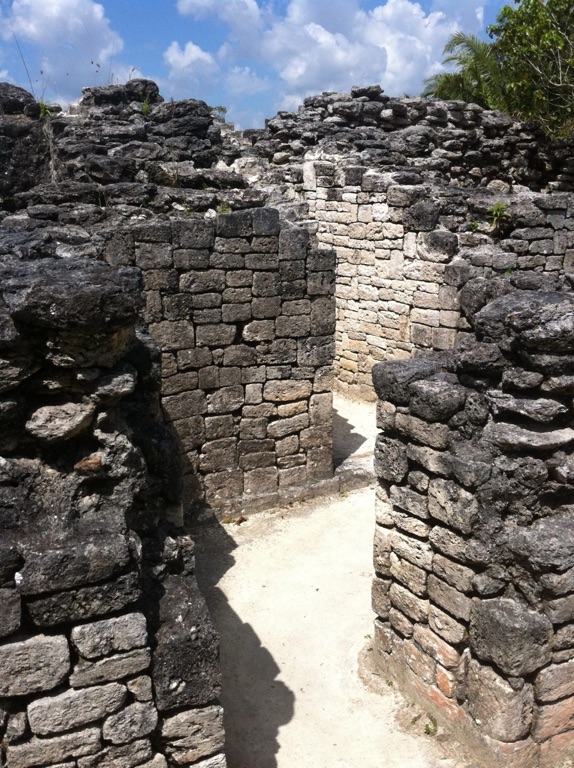
The Temple of the Masks: A Monumental Legacy
Among the notable structures within Kohunlich, the Temple of the Masks stands out. This Early Classic pyramid, constructed around 500 AD, features a central stairway adorned with large humanized stucco masks. Originally, eight carved masks flanked the staircase, though only five remain today due to looting. The temple underwent a significant modification around 700 AD, with a Terminal Classic construction enveloping it. This later addition played a crucial role in preserving the masks, which remain in a remarkable state of preservation.

Kohunlich’s Role in the Maya Civilization
Kohunlich’s extensive layout, including its buildings and water management systems, underscores its importance as a significant city within the Maya civilization. The site’s nearly 200 mounds, many still awaiting excavation, hint at the vast untapped historical knowledge lying beneath the surface. Kohunlich’s strategic location likely made it a pivotal trade link between the Yucatán Peninsula’s cities and the Mayan cities of Central America.
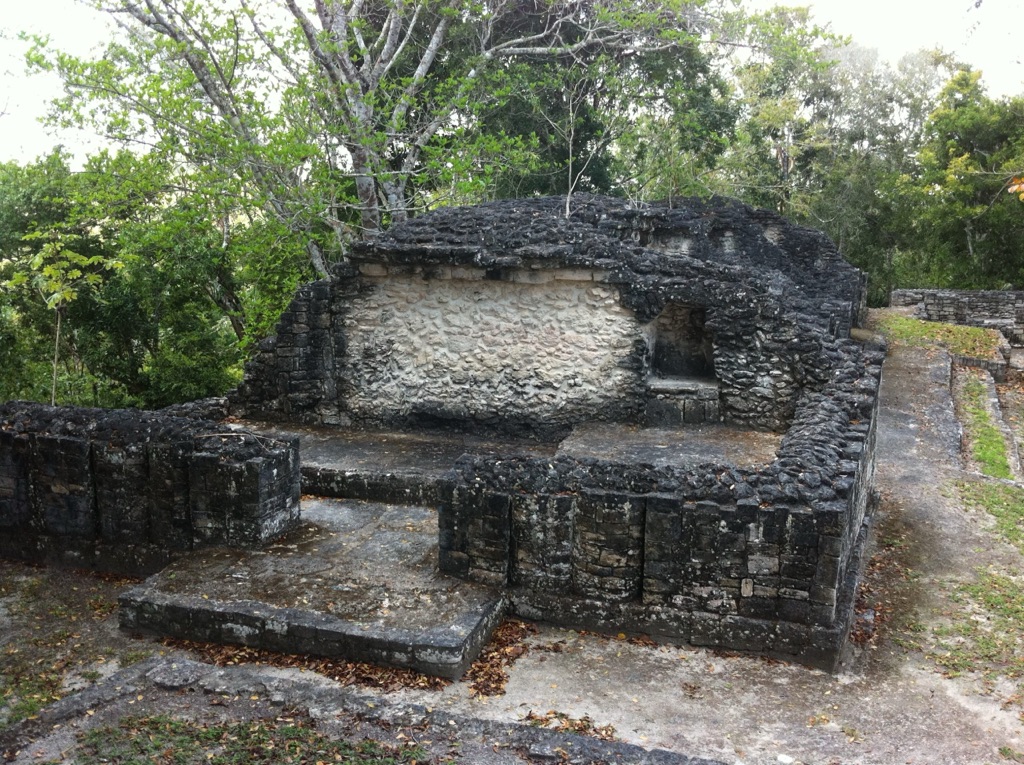
Conclusion
Kohunlich, with its rich history and architectural marvels, offers a fascinating glimpse into the pre-Columbian Maya civilization. Despite the mysteries surrounding its original name and the many structures yet to be uncovered, the site provides invaluable insights into the sophisticated urban planning, engineering, and cultural practices of the ancient Maya. As research and excavation efforts continue, Kohunlich will undoubtedly reveal more of its secrets, further enriching our understanding of this remarkable civilization.

